“I have something to show you!” she gasped, almost breathless with excitement. “I know how much you love equity, and I think you’ll really like this.”
The image she showed me served as a stark reminder of the long road ahead of us.
While my colleague was engaging with the fence image for the first time, I had moved on to reading articles like this one, that challenge its limitations.
A Literal Interpretation
For a long time, I’d been struggling with the fact that proponents of the fence image seemed to be implying that anyone should be able to see a professional sports game for free (yes, literally)... And while I myself am not much of a sports fanatic, I was wrestling with the concept of implying that we (or some) should not have to pay to watch a professional performance.
Yes, yes, I know that in general professional players in sports are HUGELY overpaid in the larger scheme of things -- but apply the analogy to a arts performance then, dance, or a group of local musicians… how are people supposed to make a living if everyone should just get to enjoy their talents for free?!
Making Space for Everyone
Around the same time as I was wrestling with this conundrum, I’d been reviewing a monograph on culturally responsive pedagogy, which included a quote by George Dei:
Inclusion is not bringing people into what already exists; it is making a new space, a better space for everyone. " |
At the time, it seemed like a nicey-nice, lofty statement. Lately, though, I’ve been meditating on it a lot.
What does it mean, exactly, to make a new space? I mean, why wouldn’t we want to bring people into our great space that already exists? Don’t we want “them” to have access to “our” sporting (arts, etc.) events?
And yet, if I examine the way my own classrooms unfolded over the two decades I taught, I am beginning to realize that together with the students in my care, I did in fact increasingly create new structures, systems and spaces. Any remaining barriers (class size, lack of thinking and planning time, access to reliable wifi or digital devices and other resources, etc.) were products of the larger system, over which I had only limited control. (More on that later.)
Relinquishing Power
Creating a new space together with the students meant that as the person in the classroom on whom power and privilege had been conferred, I the teacher had to make way for the kids to develop some power, some real power.
It meant that when a colleague and I began exploring the concept of centres as a way to teach math with my Grade 7 and 8 math classes a few years ago, we asked for feedback… and then listened to that (often brutally honest!) feedback the students provided, and modified our approach.
It also meant that the following year, when we started a social studies based, cross-curricular inquiry together in Grade 6, and some of the students wanted to move in a direction with their learning that I had not envisioned, I had to give them the freedom to follow that learning, and support THEIR learning from the side rather than demand from the front what I thought it should be all about.
Relinquishing Power from the Top
All these wanderings into new territory to support the emotional and academic well-being of the students I taught were only possible because the school principal (or in some instances, the superintendent) of the school where I happened to work was someone who modeled the approach herself.
While she wanted to know how things were going, and welcomed periodic check-ins, she afforded us classroom practitioners the freedom to navigate the curriculum in a way that worked for us and the students in our care. Those of us who were innovators never felt like we had to beg for the space to try out something new… so long as we could make a sound case for how it would benefit students.
Uncomfortable but Safe
I’ve taught mainly Grade 3 and up throughout my career, and in every case, I have seen how quickly students buy into the propaganda they are fed early on about what a classroom is “supposed” to look, sound and feel like.
That being said, the younger students take to a new space and make it their own and shape it to further suit their needs much sooner than the older students I have taught.
So when you introduce a new way of doing business (“You can write about it or show me by taking a picture of your work and recording a verbal explanation”, or “will you choose to work on your own today, or with a partner?”, or “are you ready to come and talk with me about your assignment, or do you want to get some feedback from your group first?”) middle school students (and heck, even adults!) can get very antsy.
They’re not used to being treated like capable, competent people with potential!
They’re not sure what to do with the freedom and the ability, nay, the provocation, to think! This is hard work, they realize, this participating fully in my learning.... And at first, they rebel.
Using the structure of a classroom circle early and often as we got to know one another as co-learners helped… as did regular read-alouds (yes, middle school kids still love a good read-aloud, especially when Ms. Teschow cries at the sad parts, as she notoriously does!!)
Surfacing challenges, discussing and sharing people’s feelings and behaviours openly, honestly and matter-of-factly, and sharing ideas for next steps helped -- in my experience -- to validate all members of the class. (As an added bonus, our regular community circles really built their learning skills and work habits, and helped me get to know kids more personally, which was a huge bonus come report card writing time!!)
Eventually, fear at this “new” way anxiety was replaced with pride and commitment. Pride their classroom family, and commitment to working hard (both academically and socially) for the benefit of all.
Scalability
Now, after 18 years in the field, I’ve become part of that larger system I mentioned earlier, the one that sets up barriers that directly impact kids in classrooms… and I still only have limited control! (I thought working at the ministry of magic would enable me to change the world in six months or less -- ha!)
But while the systemic work is different than I thought it would be, and the workplace MUCH larger than I had imagined, the need to co-create new space together exists here as anywhere. Systems and structures that worked at some point in history for some group(s) of people are being challenged as new technologies disrupt the status quo and allow (and indeed encourage) an increasing diversity of voices in the workplace.
I’m interested how those in power in this large system approach their leadership role.
I’ve observed that some try to include by bringing people into an existing culture. Others actively seek out newcomers that will help to shape a new space, a space where everyone is welcome, even if it means that they (the leader) will need to rethink their pre-existing assumptions. Still others speak of making space, but are reluctant to relinquish the comforts afforded to them for so long by their positions of privilege and power.
I’m sharing those boxes and tools with as many people as are willing to help make the new space, and I’m doing my best to check my bias daily.
| “Inclusion is not bringing people into what already exists; it is making a new space, a better space for everyone." (George Dei) |

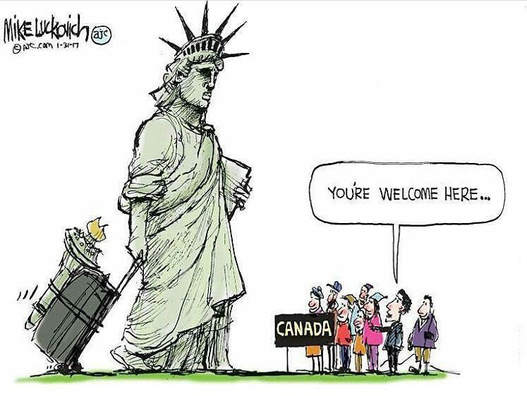
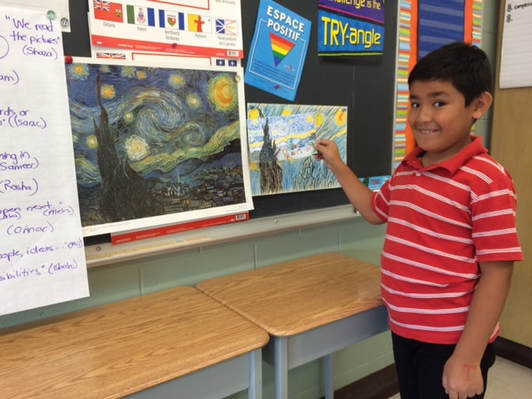



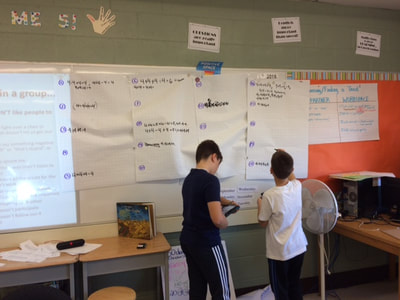
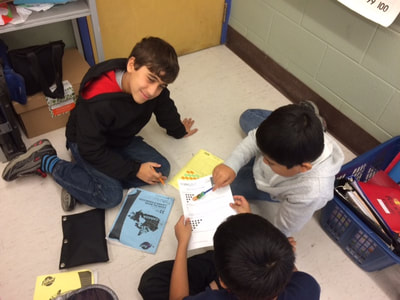


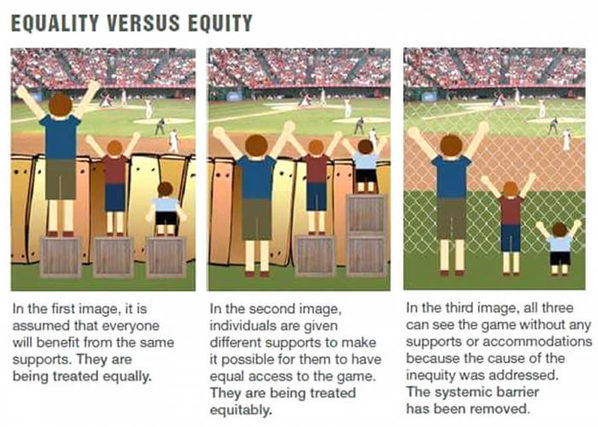
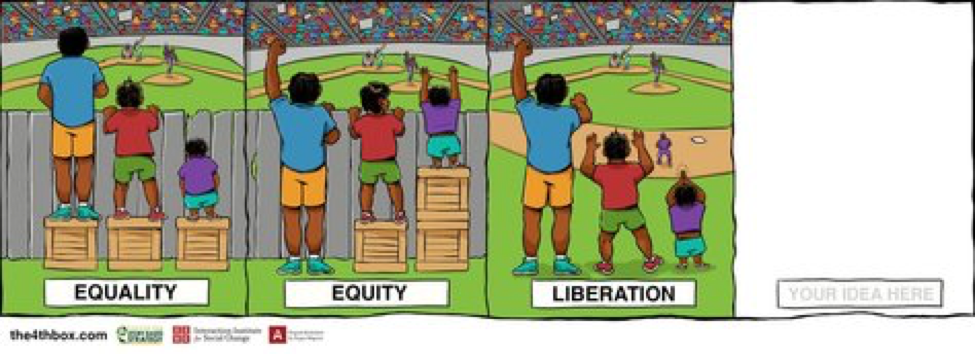




 RSS Feed
RSS Feed